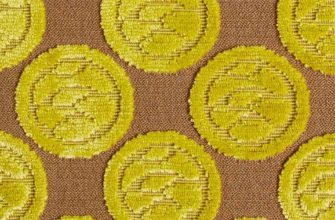The modern consumer market offers a huge selection of textiles. They differ in composition, density and other properties and characteristics. Each person is able to choose for themselves a unique, original and ideal, in their opinion, fabric. This article will tell you about one of the synthetic materials - satin.
Satin - what kind of fabric is it, detailed description
Satin is a type of polyester fabric that consists of satin fibers. Polyester threads are made from petroleum products, so satin is of synthetic origin. Its content is mainly represented by a mixture of natural cotton and artificial polyester. The material first appeared in Europe, or more precisely in Spain. Sometimes the words "satin" and "satin" are confused, so it can be clarified that they are the same material.

The word itself comes from the French language, where it meant "satin". At the moment, people associate satinette with a dense cotton fabric that is created by a special method of weaving threads and has a glossy surface that is pleasing to the eye.

Externally, the satin material does not shine, it is more matte. The surface diffuses light, preventing glare. When touching the material, you feel smooth and soft.
Important: Airy satin is similar to silk or satin. The difference between the fabrics can be noticed upon close inspection. The surface of silk fabric is shinier than that of satin. The front side of the material is smooth and elegant, while the back side is a matte fabric with a grainy relief.
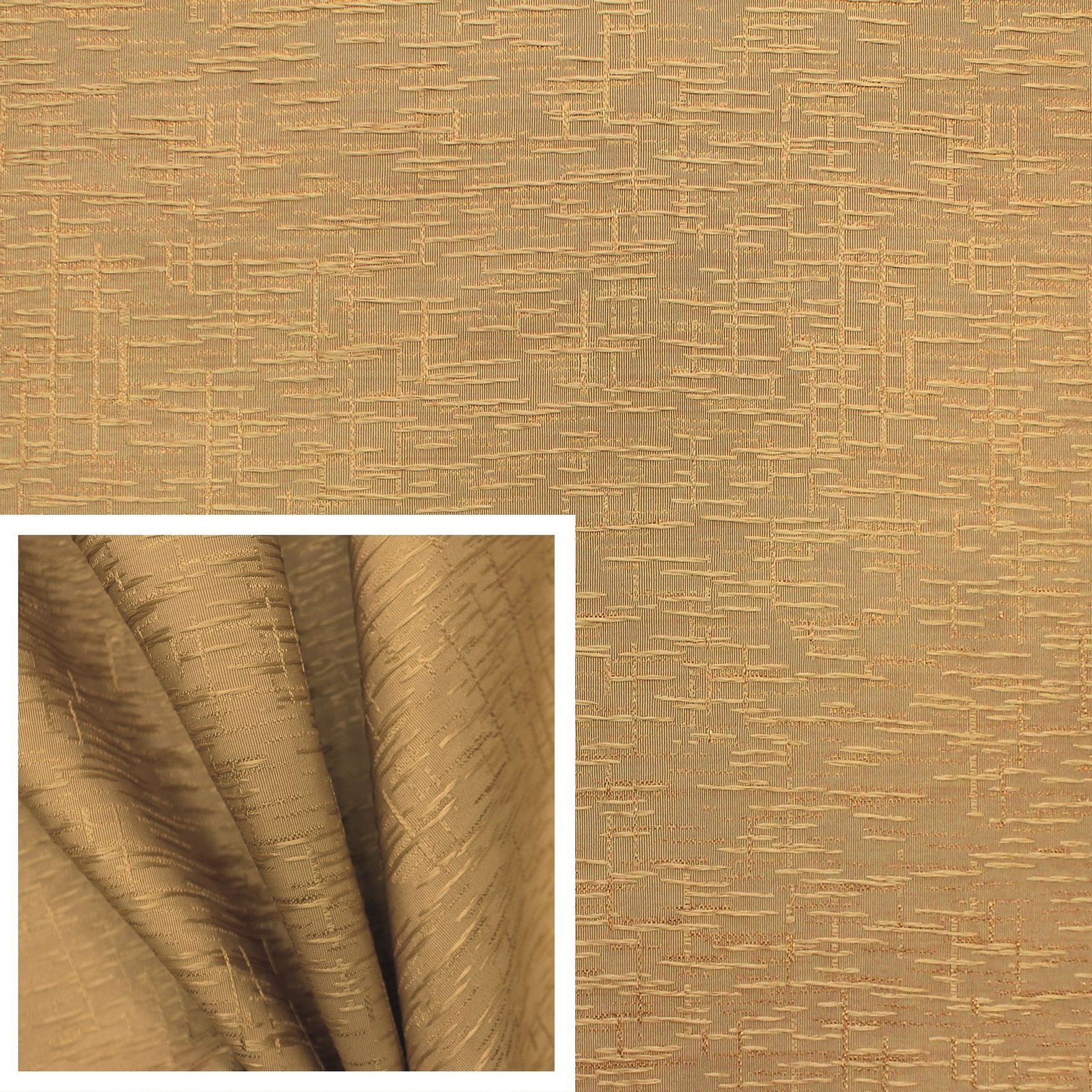
In the manufacture of the material, various weaving methods are used. The first option involves a mixture of more than four additional threads, and the second speaks of mixing several main threads with one additional thread. Today, the fabric is produced in many countries around the world, including Russia.
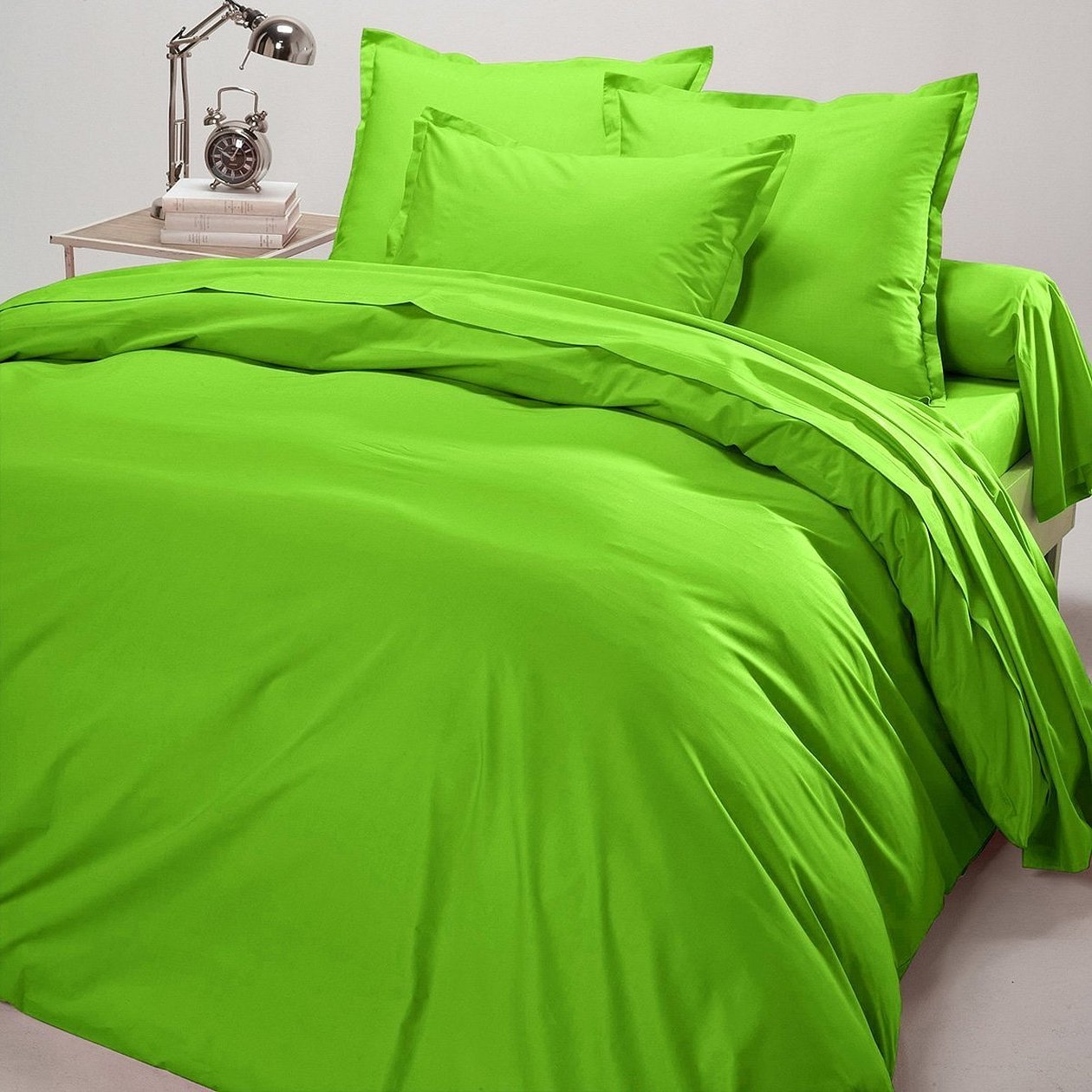
Material properties:
• After washing, the fabric does not shrink or lose color.
• The absence of the possibility of forming folds allows you to avoid ironing the material. Satinette really does not need this procedure, because it practically does not wrinkle and thus saves time.
• Satin is a high-density silky fabric. The fabric count varies from 130 to 280 grams of threads per 1 square meter. Along with blackout and gabardine, satin forms the top three densest types of fabric.
• The wear resistance and practicality of the material allows the pattern and appearance of the canvas to be preserved in its original form.
• The fabric is easy to drape, so it is often used as a decoration for a photo background or home interior.
Varieties of satin
In addition to its usual appearance, satin can be represented by a number of other materials that are obtained as a result of impurities of additives.
- Regular satin. Its density is about 180 grams per square meter. The fabric is usually presented in a single color, which can be absolutely any shade.
- Display. Satin material is characterized by a high level of smoothness. This type is popular in the photo industry. Pillows, panels and curtains are made from it. It practically reflects images, therefore it is used as a basis for photographs.
- Light. The name speaks for itself. The fabric is characterized by lightness and airiness. It easily flutters in the wind, so it is actively used in the manufacture of flags.
- Premium. High-quality fabric with a light grain structure. After production, textile workers treat it with a printing impregnation, which is produced by high temperatures. Such fabrics allow you to print text or images on them. It is also popular in the photo industry because it can be used to create high-quality photographs and drawings.
- Atlas-premium. The highest quality material option. Its density is high and is about 190 grams per square meter.

- Crisfree Exclusive. The fabric has a very high density, which is 280 units. When creating the material, it is treated with a special material that ensures the fabric is non-flammable. In addition, after treatment, the fabric becomes protected from wind, moisture and ultraviolet rays. Such fabrics are used mainly as decorative elements on stages or in restaurants. It can also be used to make umbrellas, tents and advertising posters.
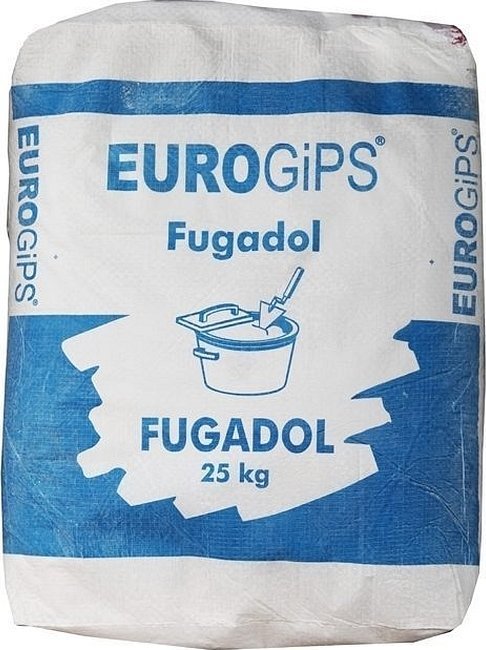
Scope of application
The scope of application of the material is large and varied: from light industry related to photo images to wardrobe items, accessories and interior. Popular are panels, flags, bags, curtains, blinds, walls and tablecloths made of satin. Despite the fact that it is not recommended to create clothes and bedding from this fabric, the fabric is popular in this area. It is often used to sew costumes for artists.
Note: There are many canvases on the market for different needs. Among them is the satin velvet curtain, which is worth paying attention to.
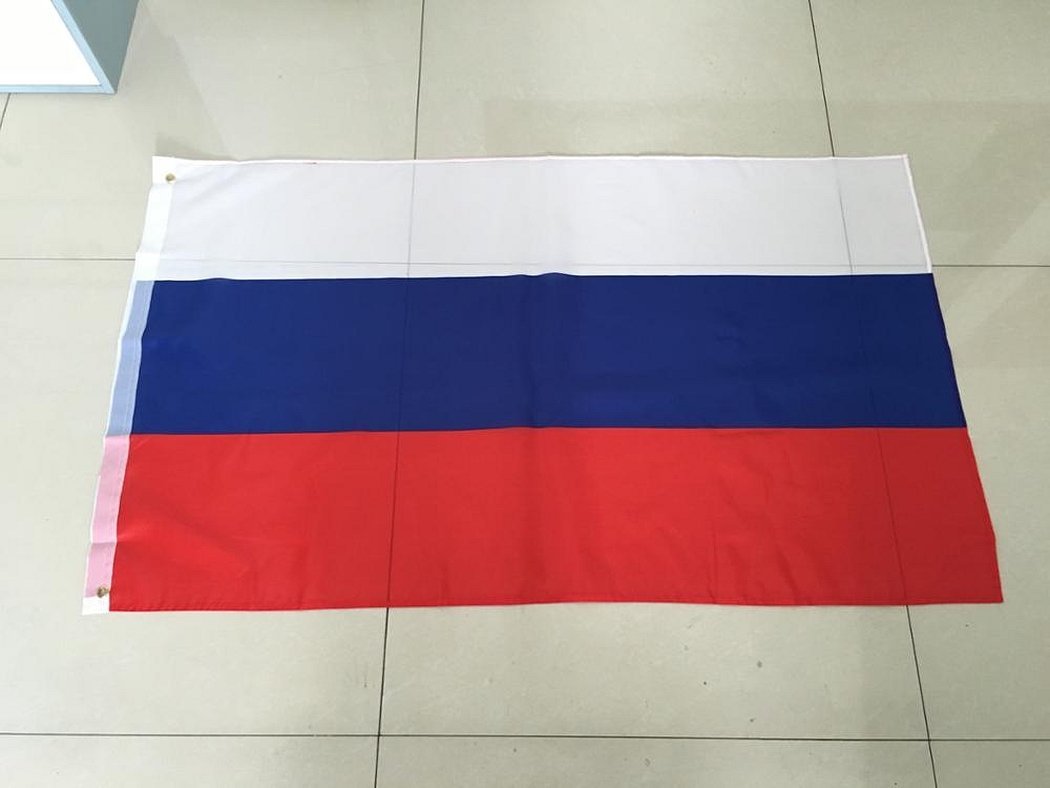
How do satin curtains differ from regular fabrics?
Satin curtain fabric is an ideal option. First of all, such curtains stand out for their sound-absorbing ability. They isolate sounds and allow you to maintain a calm atmosphere in your home or apartment. In addition, satin curtains or tulle look chic, elegant and expensive. The fabric is extremely smooth, due to which its surface can shimmer, diffuse light and not create blurry glare.
This appearance pleases the eyes of household members. In addition, the curtains look quite dense. They are able to protect from sunlight, not letting rays into the room. This is very important in the summer, when at 4 am it is already light and bright outside, like during the day. Satin curtains can be fireproof. Sometimes textile enterprises treat the material with special solutions and impregnations after creating it. One of such mixtures is fire protection.
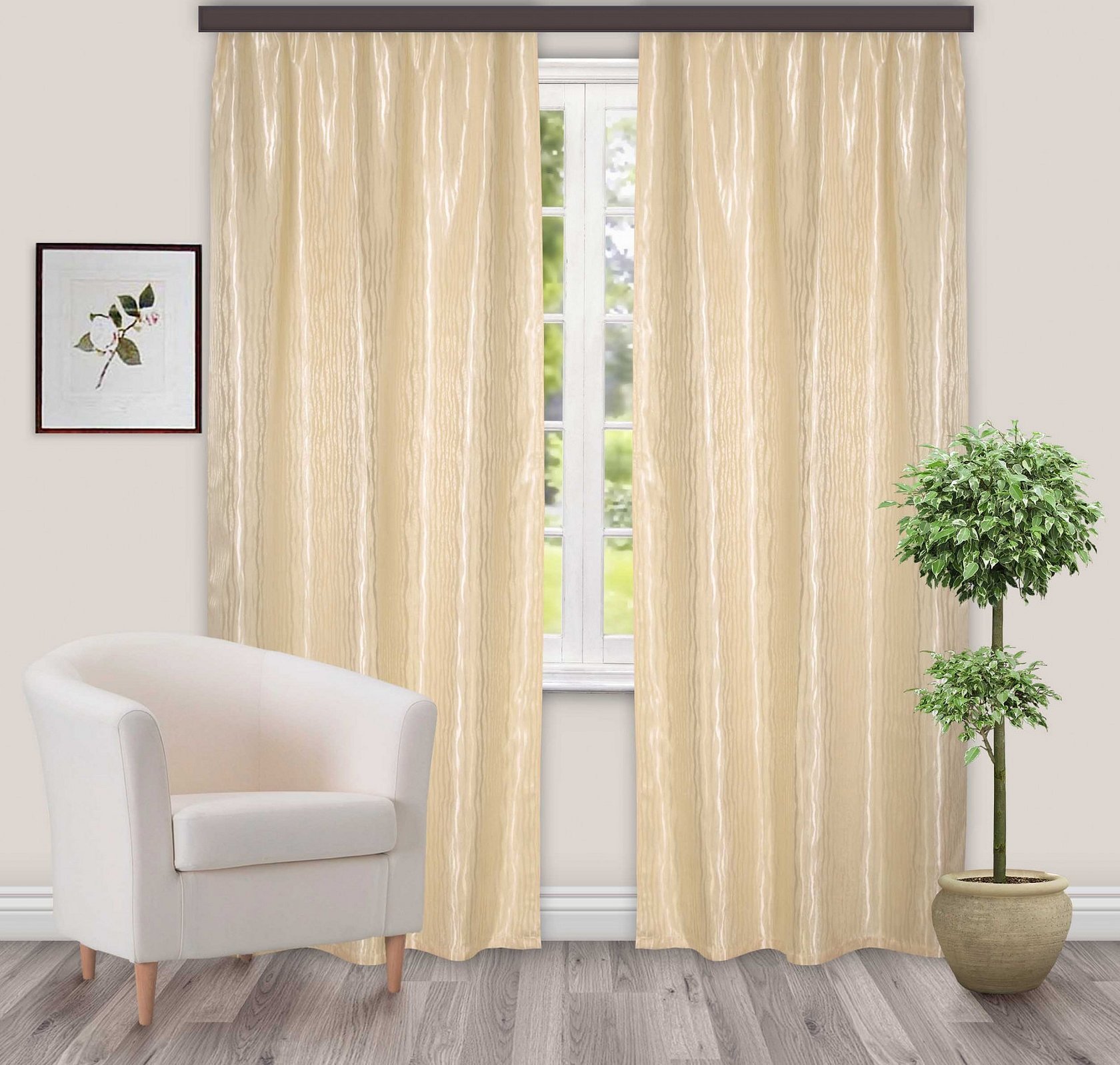
Satin Care Tips
Satin is not a very demanding material. It is quite easy to care for. You can wash it in a machine at a temperature of up to 60 degrees. The fabric is not capable of shrinking in warm water. You do not need to use bleaches, they will have a negative effect on the quality of the material, and subsequently it will be unsuitable for use.
Attention: You should not send the fabric to dry on a radiator or heater. It is very light and thin, so it can catch fire. The most suitable iron temperature when ironing should be from 110 to 150 degrees.
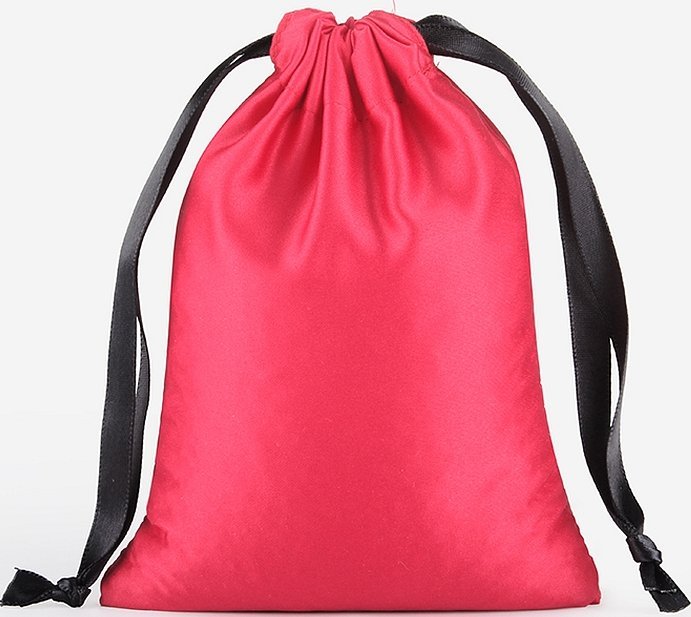
Pros and cons
Curtain satin fabrics have gained wide popularity. This is due to the numerous advantages of the fabric.
- Excellent appearance. Despite its availability and low cost, the material always looks chic and elegant. The reason is the ability of smooth fabric to diffuse light without creating glare.
- Durability. The dense structure of satinette is able to preserve the original appearance of the material and protect it from deformation. It easily withstands minor mechanical impacts.
- Plasticity. The material is characterized by good elasticity and stretches well.
- Wear resistance. Durability allows for a long time to please the owners of satin products with the beautiful appearance of the material.
- Soundproofing properties. The ability to block out sounds increases the level of comfort and coziness in the home.
- Despite its high density, satinette allows air to pass through well.
Flaws:
- It does not warm and is not able to store heat. This is the factor that affects the low prevalence of clothing, footwear and bed linen made of satin.
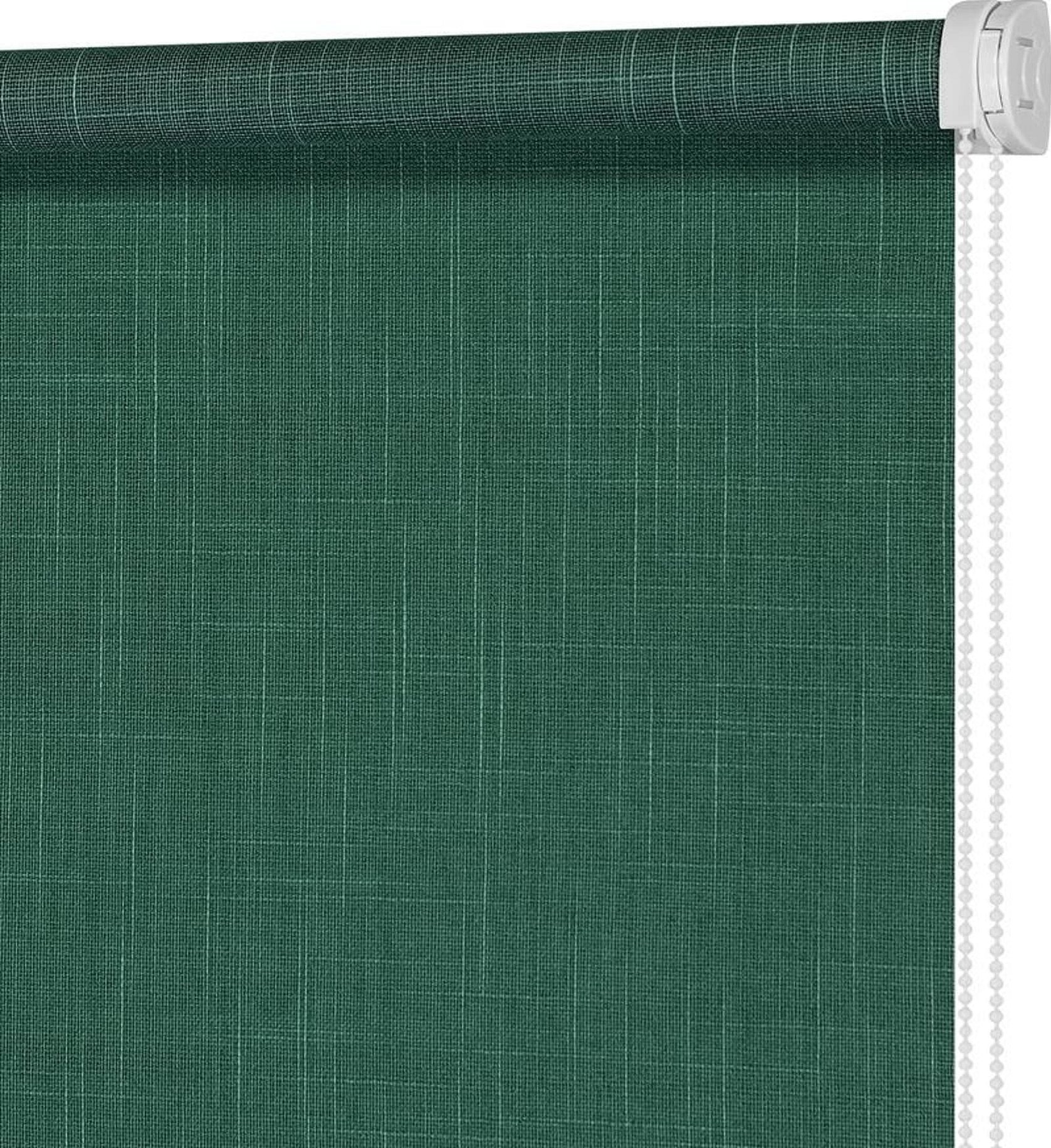
Reviews
Alena: “Satin is a natural fabric, meaning it does not cause any allergic reactions and does not become electrified, this was the main factor in choosing bed linen for my children, and a very interesting fact is that satin linen gives off warmth in winter and coolness in summer.”
Irina: "I really like satin bed linen. It looks beautiful, has a shine, soft and silky to the touch. It is easy to wash and also easy to iron. I have been using such sets for several years, so I can say with confidence that it is durable. A set of beautiful bed linen will decorate any bedroom and create comfort during sleep. Satin curtains and a tablecloth also look great."
Beatrice: "I chose satin curtains, I liked the reviews. I ordered curtains with princesses for the children's room. The quality was pleasing. The children were absolutely delighted!!! A bright and clear pattern. In the evening light, even brighter than in the photo. During the day, the curtains are slightly translucent and add some mystery...
The fabric is similar to satin, glossy, but much denser."

Based on a number of advantages and positive customer reviews, we can conclude that satinnet has some popularity among the population. Affordability, high quality and pleasant appearance of the material make it possible for everyone to purchase such products.



